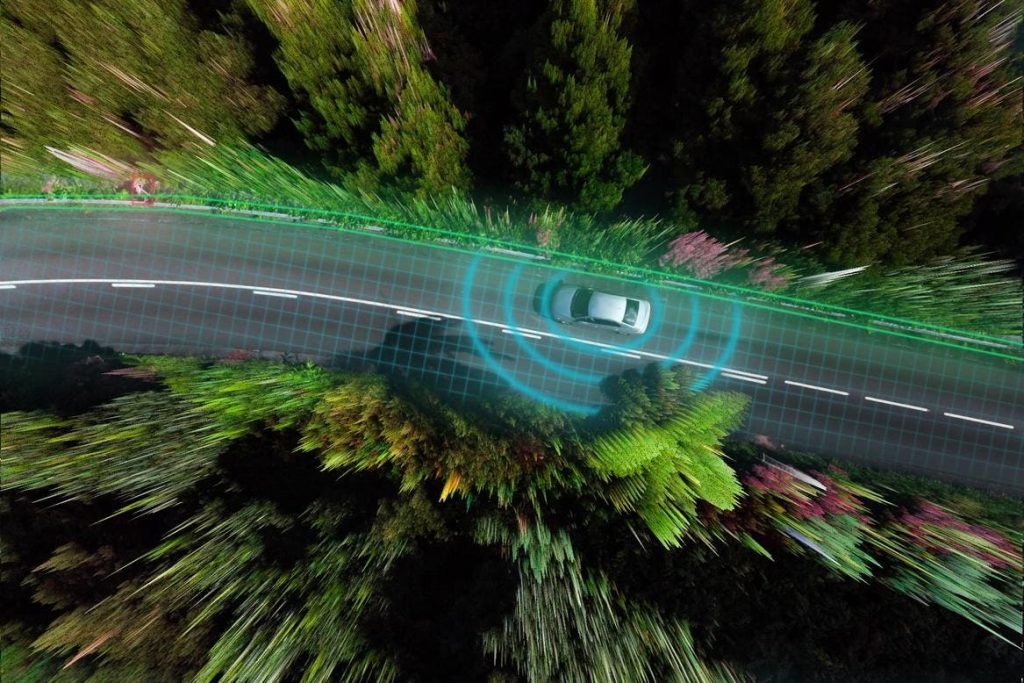Jarred Knecht is president of ProEV™ and Promark Electronics, divisions of ECI, designing and manufacturing components for EV sector OEMs.
Here is a probable scene and a not-so-simple question about our future with autonomous vehicles: An automated delivery truck driving its route makes a turn where it should not and causes an accident.
Who is to blame?
Today, the cause may be driver error. But in the autonomous vehicle future, it will not always be that simple.
So does the blame go to the truck’s manufacturer, who designed and assembled the truck? Or is it with the company that designed and sold the navigation system? Say the wrong turn is traced to a failed front right wheel. Is it the maker and seller of the wheel? Could it be a pressure sensor that failed to sense problems with the tire? Is the sensor’s manufacturer to blame? Or is it the maker of the wire harness that connected the pressure sensor to the autonomous vehicle systems?
This is no far-fetched fantasy. I have seen these questions come up already in the handling of autonomous vehicle-related accidents.
Vehicle manufacturers and original equipment manufacturers (OEMs) are considering these potential situations today. They are learning that if something goes wrong, they need to be able to determine who is truly responsible—and quickly.
They will want to be able to go to their suppliers—for example, the harness manufacturer—and say, “Prove to me that every single piece you supplied us has extremely high levels of quality and traceability and that I can get that information from you immediately.”
What this means is that we could be headed for a zero-fault world in the autonomous vehicle industry.
Suppliers will need a manufacturing process, with inspection, that yields zero defects. You can never have a single defect, and when there is a problem, you need to be able to prove almost immediately that you were not the cause.
In manufacturing, there has always been an acceptable tolerance of defects—extremely low but still present. I believe that will have to change. We will need manufacturing methods with zero defects, quality inspection and traceability to the Nth degree that don’t pass on more costs to the consumer. No buyer wants to pay double the price for a wire harness, steering wheel or tire just because a vehicle is autonomous.
How do we attain a manufacturing process that is fully automated or semi-automated and possibly run overseas? There are at least two changes I believe need to happen: one technical and in the trenches and the other more personal and from a 30,000-foot view. We need to improve our already sophisticated processes, and we need communication.
First, let’s talk about the technical. OEMs and contracted suppliers have already invested in the best machinery, training and people they can find, or they would not survive in the market. How do they improve on that? One way is by adopting a new technology, artificial intelligence (powered by machine learning).
AI has been touted as a panacea for almost everything, but in manufacturing, it has tangible relevance. At its core, machine learning is the study of millions, or even billions, of pieces of information, such as images and documents. The more relevant those items are to the task, the better the AI can perform. Manufacturing vast numbers of items under a controlled and consistent system would give an AI the learning material it needs to augment quality control.
However, improved processes are insufficient on their own. To get to zero defects, the industry needs to agree on what its standards should be and what certifications it will require.
In vehicle manufacturing, traditionally, those standards and certifications are a “trickle-down” system where major manufacturers collectively determine what they want, which flows down to the supplier base, and eventually, the standards bodies might adopt the manufacturers’ standards.
OEMs and even subcontract manufacturers also need to be proactive and start talking about this now. This could start with specific components or with processes like metal stamping and plastic injection molding. But for it to proceed quickly and thoroughly enough to be ready for that autonomous future, OEMs and subcontractors should start having conversations about how to get there.
That can happen among the OEMs and subcontractor manufacturers themselves or in forums like automotive, off-road and industrial conferences if these vital suppliers get a seat at the table. The supply base’s voice is vital in achieving the quality and traceability to achieve the zero-defect future that the autonomous future demands, and it would benefit the entire electric vehicle industry.
Forbes Business Council is the foremost growth and networking organization for business owners and leaders. Do I qualify?
Read the full article here









